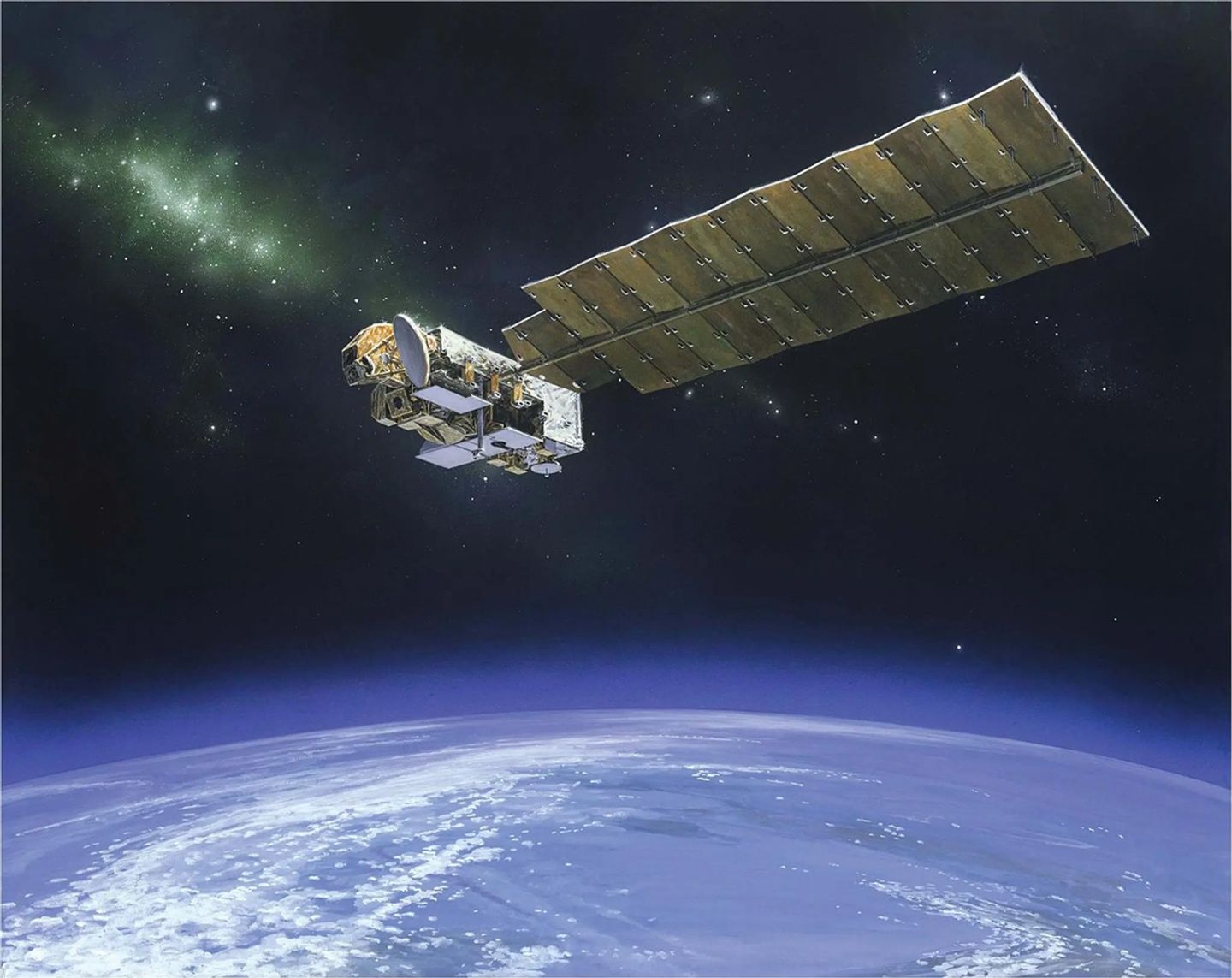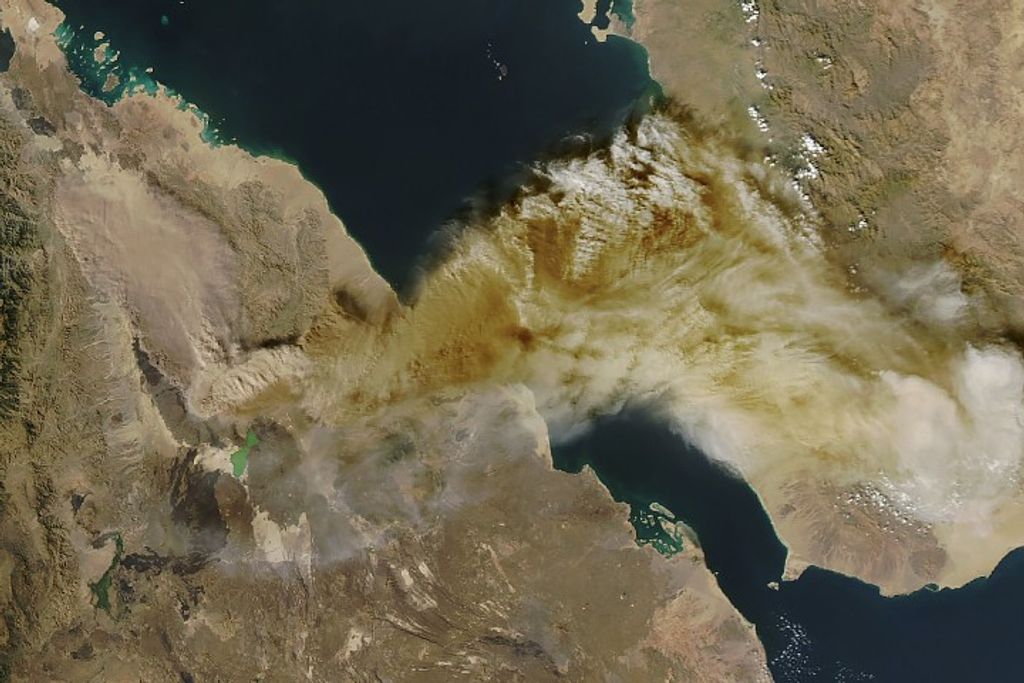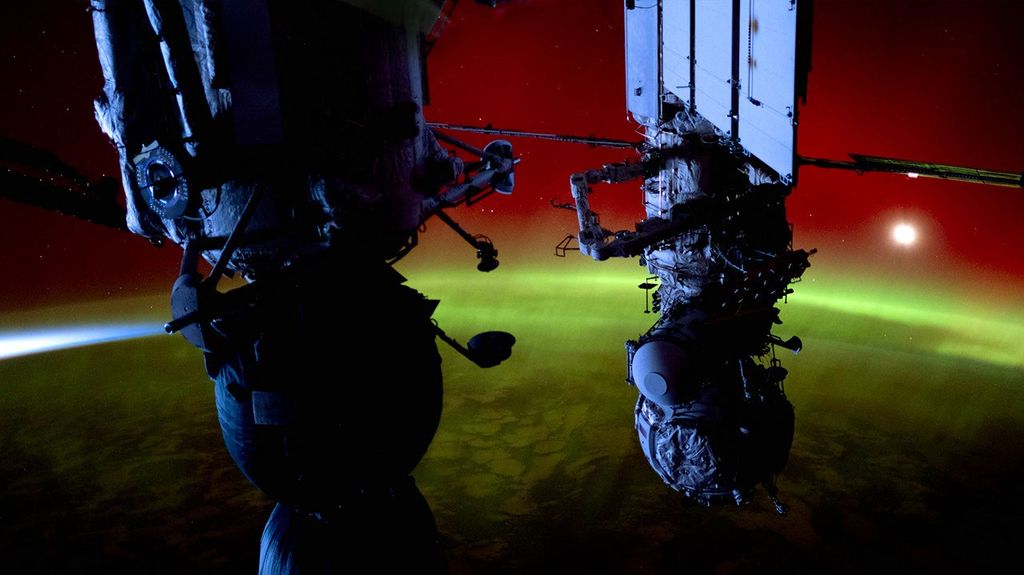Earth’s Ozone Layer on Track to Recover Within Decades
As part of the Montreal Protocol, the World Meteorological Organization (WMO) is required to “convene appropriate panels of experts [who] will report their conclusions” at least every four years. The Executive Summary of the “2022” Scientific Assessment was released.
The Montreal Protocol Parties base their decisions on scientific, environmental, technical, and economic information that is provided by their technical panels. The Protocol requests quadrennial reports from its Scientific Assessment Panel that update the science of the ozone layer.
Prepared by the world's leading scientific experts and under the auspices of the Montreal Protocol, the 2022 Assessment is the tenth in the series of major assessments that have been prepared by the Scientific Assessment Panel as direct input to the Montreal Protocol process.
Ozone depletion is caused by human-related emissions of ozone-depleting substances (ODSs) and the subsequent release of reactive halogen gases, especially chlorine and bromine, in the stratosphere. The substances controlled under the Montreal Protocol are listed in the various annexes to the agreement . These ODSs are long-lived and are also powerful greenhouse gases. As a consequence of Montreal Protocol controls, the stratospheric concentrations of anthropogenic chlorine and bromine are declining.
Aura data and scientists make key contributions
Space-borne instruments such as Aura's Microwave Limb Sounder (MLS) provide vertically resolved, global, measurements of ozone-related atmospheric constituents (e.g., reactive chlorine, water vapor, and long-lived transport tracers). Without replacements of these instruments, the ability to monitor and explain changes in the stratospheric ozone layer in the future will be impeded.
Highlights from the 2022 Scientific Assessment Include:
| “Measurements show unambiguous increases in upper stratospheric ozone for 2000–2020 outside of the polar regions.” |
| “Recovery of Antarctic stratospheric ozone continues to progress.” |
| “No statistically significant signature of recovery in Arctic stratospheric ozone over the 2000–2021 period has yet been detected.” |
| “The impending loss of vertically resolved, global spaceborne measurements of ozone-related atmospheric constituents (e.g., reactive chlorine, water vapor, and long-lived transport tracers) will impede the ability to monitor and explain changes in the stratospheric ozone layer in the future.” |
JPL contributors to the assessment:
Michelle Santee: Lead author, Chapter 4, polar ozone
Jessica Neu: Review editor, Chapter 3, global ozone
Lucien Froidevaux: Contributing author, Chapter 1, ozone depleting substances; Chapter 1 reviewer
Nathaniel Livesey: Chapter 3 reviewer
01.2023
MLS
Aura’s Microwave Limb Sounder (MLS) instrument uses microwave emission to measure stratospheric temperature and upper tropospheric constituents. MLS also has unique capability to measure upper tropospheric water vapor in the…
Learn More




























